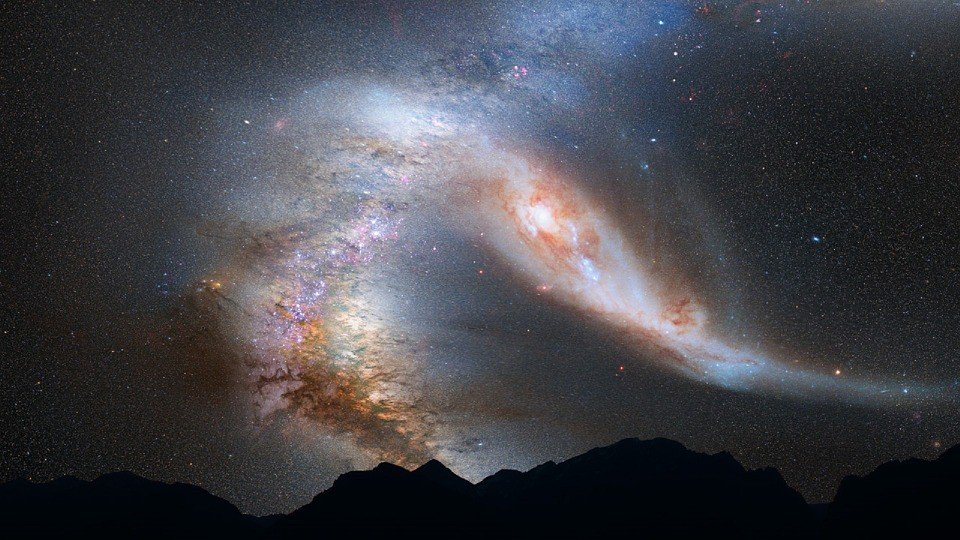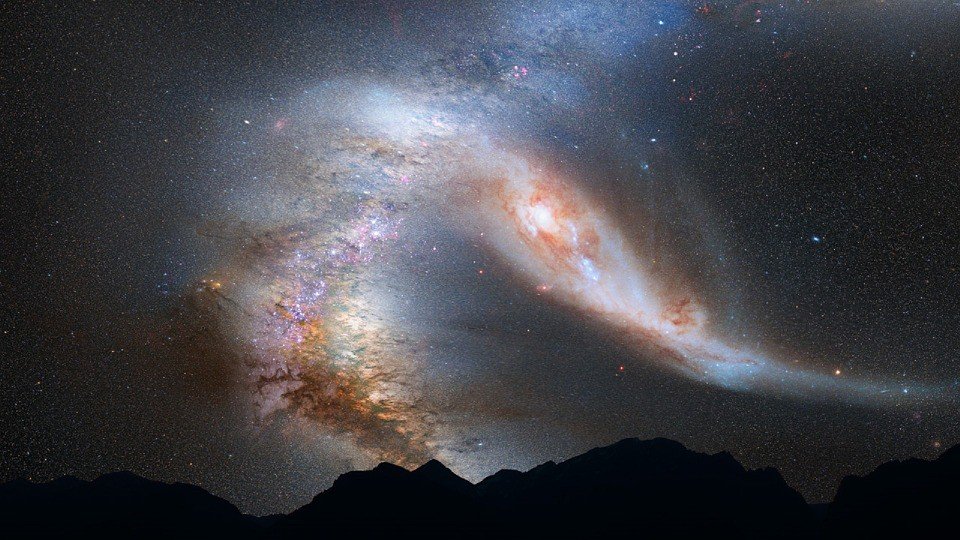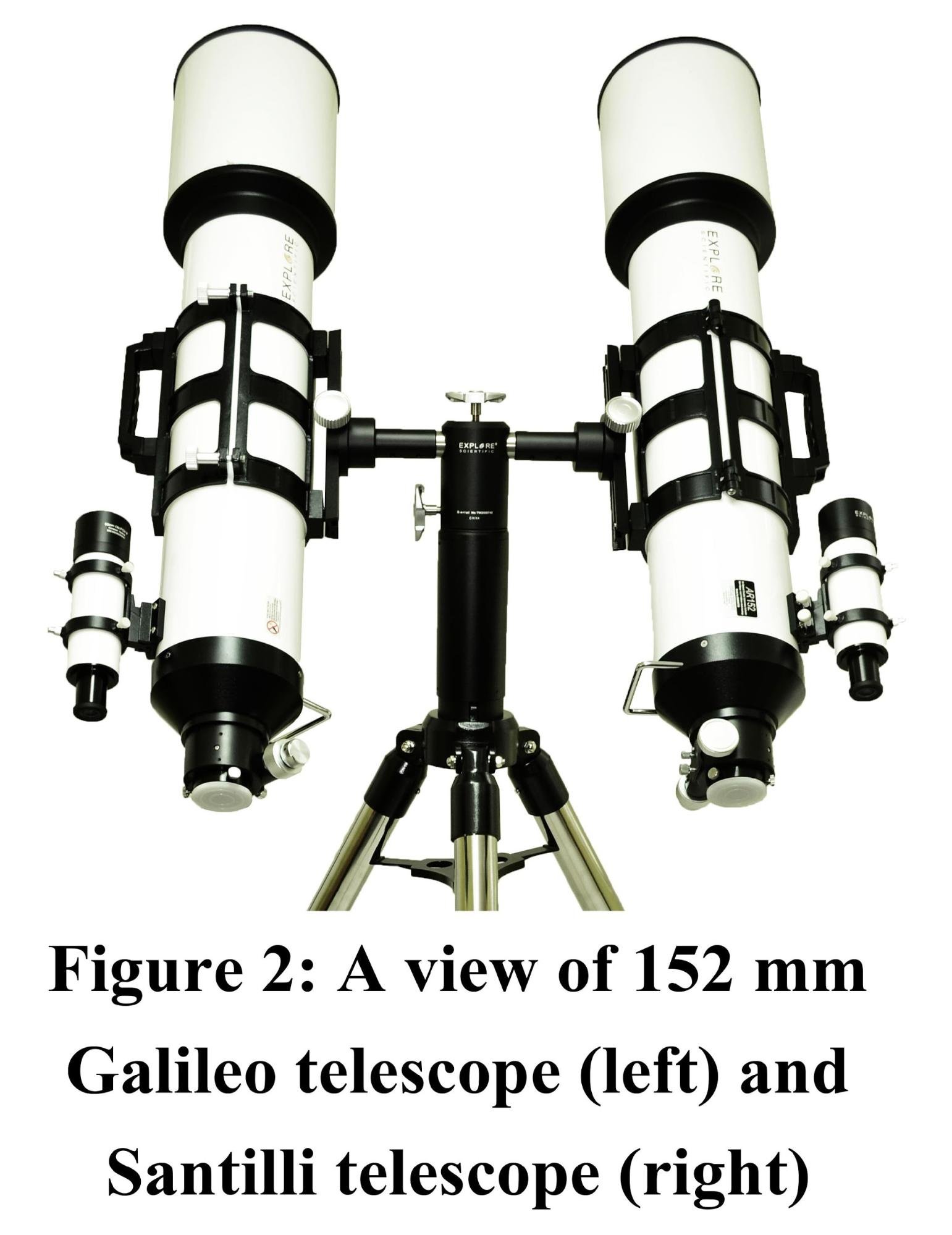Business
What really matters for physicists: The search for antimatter
Eighty years after its discovery, scientists are nowhere close to uncovering the mysteries of antimatter. Can it be found in outer space?

More than 80 years after its prediction, physicists are still scratching their heads over one of science’s biggest puzzle: antimatter.
It is the exact opposite of matter, which makes up everything we know. Scientists say matter and antimatter came about in equal amounts shortly after the Big Bang.However, where is that antimatter now?
It is important to note that the particles of matter—protons, electrons, and neutrons—have antiparticles themselves-antiprotons, positrons, and antineutrons. When the respective “particles” counterparts come in contact with each other, annihilation occurs. This then transforms the mass of matter and antimatter into high-energy gamma photons. Photons are the highest-energy form of light.
Astronomers track antimatter by looking out for strong signatures of gamma rays with the use of spacecraft such as the Fermi Gamma-ray Space Telescope and the Payload for Antimatter Matter Exploration and Light-nuclei Astrophysics (PAMELA). However, only minimal sightings have been reported to date.
But Florida-based Thunder Energies Corporation (OTCQB: TNRG) is joining the search for the elusive antimatter with its Santilli Telescope, a product of numerous scientific studies and experiments spanning decades. This ground-based telescope, which is yet to hit the market, has the ability to detect antimatter celestial bodies.

Is antimatter really out there in space? (Source)
“All features for capturing matter are reversed for capturing antimatter, including the index of refraction which is positive for matter-light, thus requiring a convex lens to focus images, but expected to be negative for antimatter-light, thus requiring a concave lens to focus images,” the company’s website said of the lenses.
Dr. Santilli announced in a press release that Thunder Energies will search for “antimatter galaxies alongside with the search for extraterrestrial life, dark matter, and dark energy.”
“I am particularly glad that Thunder Energies Corporation is making available to professional as well as amateur astronomers all over the world our new telescopes for the first known systematic search of antimatter galaxies following a number of scientific publications,” he added.
The company’s president and Chief Operating Officer, Dr. W. George Gaines, is optimistic of the significant contribution that the Santilli telescope can bring to science.
“The Santilli Telescope will pull back the curtain of the heavens, thus enabling amateur astronomers to photograph for the first time visual pieces of evidence of antimatter galaxies. Discovery has always been a motivating factor in amateur astronomy, and with the Santilli Telescope, discovery can happen,” Gaines said.
Antimatter in the 21st century
In 2002, two teams of the European Organization for Nuclear Research (CERN) have created antimatter. However, they failed to contain it as it made contact with matter. In a report published in the science journal Nature, CERN’s ATHENA team made 15,000 antihydrogen atoms by accelerating protons to collide with atoms with the use of a particle accelerator, thus creating antiprotons.

The antiprotons are then caught in the Antiproton Decelerator that slows them down, allowing scientists to study its properties.
Berkeley Lab reported that the ALPHA collaboration, an international effort made up of scientists from different countries, managed to trap 38 atoms of antihydrogen in 2010 for 172 milliseconds, or less than a second. CERN published the 335 trials conducted to compare atoms of antimatter and its counterpart.
“Trapping antihydrogen proved to be much more difficult than creating antihydrogen,” said ALPHA team member Joel Fajans. “ALPHA routinely makes thousands of antihydrogen atoms in a single second, but more are too ‘hot’ to be held in the trap. We have to be lucky to catch one,” he added.
More antimatter-related findings
A year later, the same team, led by Professor Jeffrey Hangst from the University of Aarhus in Denmark, yet again trapped 309 antihydrogen atom. They were able to do it for different spans of time. The longest was 1000 seconds or a mere 16 minutes.
“We’ve studied what’s going on with these atoms while they’re in the trap, how they’re moving, what energy or velocity they have. With 38, that was difficult, but with 300 it starts to look like something you can make averages out of. We’re getting information about how they’re behaving in the trap,” Hangst said in a report published by The Guardian.
Still, in 2011, NASA’s Fermi Gamma-ray Telescope detected beams of antimatter above thunderstorms on Earth. Fermi’s Gamma-ray Burst Monitor (GBM) based at the University of Alabama, picked up 511,000 electron volts of gamma rays. This huge amount of energy can only come from Terrestrial Gamma-Ray Flash (TGF). The TGF is a result of a possible collision between an antimatter and its counterpart.
Perhaps finally, the 21st century will see a more detailed explanation of the existence of antimatter. But the only way this can happen is if more advanced technology will enter the space exploration scene. It is also the case if that technology will enter the right markets.
—
This article may include forward-looking statements. These forward-looking statements generally are identified by the words “believe,” “project,” “estimate,” “become,” “plan,” “will,” and similar expressions. These forward-looking statements involve known and unknown risks as well as uncertainties, including those discussed in the following cautionary statements and elsewhere in this article and on this site. Although the Company may believe that its expectations are based on reasonable assumptions, the actual results that the Company may achieve may differ materially from any forward-looking statements, which reflect the opinions of the management of the Company only as of the date hereof. Additionally, please make sure to read these important disclosures.

-

 Crypto2 weeks ago
Crypto2 weeks agoBrazil’s Crypto Boom Threatened by Surprise Tax Proposal
-

 Markets6 days ago
Markets6 days agoCocoa Prices Drop Amid Speculative Selling and West African Supply Concerns
-

 Markets2 weeks ago
Markets2 weeks agoNavigating the Fourth Turning: Cycles of Crisis and Opportunity
-

 Cannabis4 days ago
Cannabis4 days agoIs Aurora Cannabis Stock a Risk Worth Taking?

























